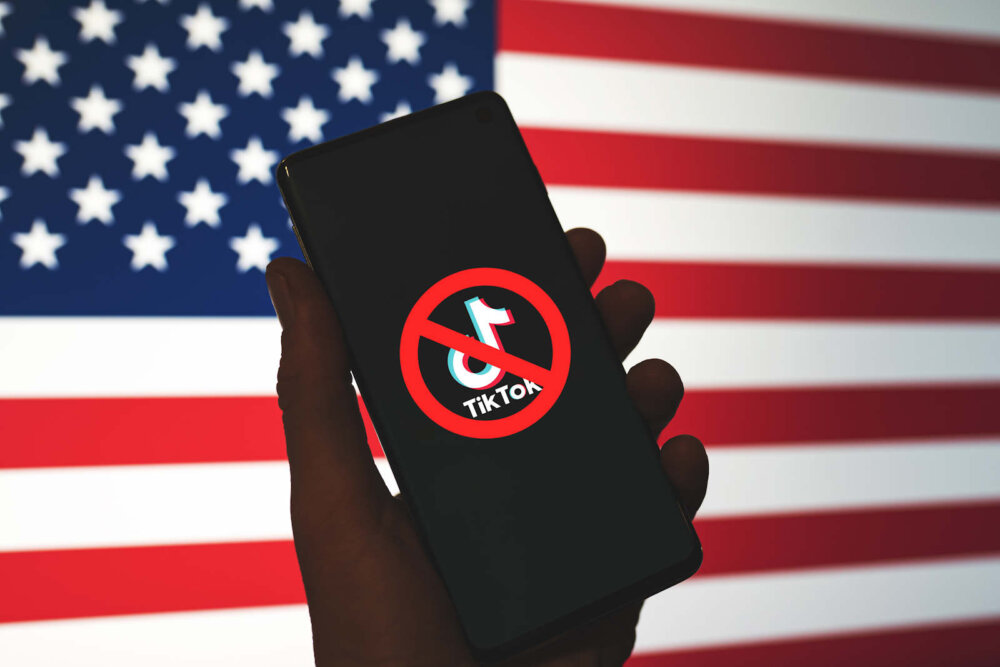
Why the Vision Pro is a repair nightmare and Apple probably doesn’t care
Lee Grant has run a repair shop with his wife in West Yorkshire for over 20 years. He has repaired countless items over that time, but suspects Apple Vision Pro repairs won’t be added to his list. Here’s why.
If you’ve spent any time on social media during the past few weeks, you’ll have seen countless videos of influencers putting the Apple Vision Pro through its paces. The jury is still undecided if this first generation of spatial computer will deliver mass-market appeal, but Apple has certainly crammed a stunning amount of innovation into the device.
However, true to form, it’s at the expense of repairability. Like so many products in its portfolio, the Apple Vision Pro is a dream device but a repair nightmare.
Related reading: Apple Vision Pro – does your business need spatial computing headsets?
Vision Pro repairs: you can’t hide from iFixit
iFixit knows what it’s doing.
It specialises in helping people repair their products by providing tools, teardowns and spare parts. The Apple Vision Pro has been under the iFixit lab spudger and it’s clear that the device is a technological marvel, built with top-tier engineering precision.
However, you’ve more chance of walking to Venus than getting the Apple Vision Pro repaired if you damage it. The iFixit teardown shows a device that has vast parts glued together, particularly the front glass, which is one of the most likely components to get scratched, cracked or broken.
Apple has a history of using high-strength adhesives within its products, as it’s often a way to keep out dust and water to secure a high IP rating. The Apple Vision Pro isn’t IP-rated, so it’s somewhat disappointing that its use of glue has stuck. As such.
What makes the Apple Vision Pro so hard to break into is that it’s a curved product, so applying heat in a uniform and controlled way is risky (trust me, I know!). As such, the chances of destroying an Apple Vision Pro whilst attempting a repair are high.
It seems that Apple has not considered the full environmental lifecycle of the product, and within the next decade, there will be thousands of unrepairable Apple Vision Pros adding to the global WEEE crisis.
However, iFixit points out that the one quirk of the Apple Vision Pro’s design is the external battery, which is a modular part and therefore swappable. Sadly, Apple has a history in this department too.
Apple’s reverse ferret on right to repair
Apple made headlines towards the end of 2023 when it declared its support for the SB244 the Californian Right To Repair law. Last week, in a disappointing return to form, Apple declared its objection to Senate Bill 1596, which is the Right To Repair legislation currently working through the legal system of Oregon.
Critically, the Oregon bill proposes to differ from the Californian version by banning the practice of parts-pairing, also known as serialisation. This trick not only prevents certain third-party parts from being used in a repair but also genuine parts. If you make an ‘unauthorised’ repair to your device (that is, one not done by the manufacturers), then features on the device will fail and, very often, error messages and nag warnings bombard users.
Apple uses serialisation to control what parts can repair its products – we can argue another time if that iPhone in your pocket is yours or Apple’s – and this is extended to screens, cameras and batteries. Apple’s cited reasons are usually security, functionality and the end of civilisation as we know it, and it’s skilled in blocking attempts to fix its products. I’ve yet to find out what happens when Apple Vision Pro users switch batteries, but I hope that, for once, Apple has done the decent thing.
Apple is not alone in using serialisation. It’s in cars, printers, chainsaws (yes!), farming equipment and gaming consoles. Whenever it’s implemented, it remains a deliberate barrier for repair and increases the chances of a repairable device going into landfill as it’s far more convenient for a user to buy a new unit.
The scores on the doors
Whilst electronics remain the fastest-growing waste stream on the planet, it’s important to maximise the lifespan of the devices and we can do this by making smarter purchasing decisions. One way of helping buyers opt for a more repairable and sustainable device is by displaying a rating at the point of sale. This already happens in France, even if many of the manufacturers are allowed to mark their own homework.
However, there’s powerful support for repairability scores as a concept.
Recently, US PIRG published its own gradings of the fixability of certain laptops and phones and it’s encouraging that Apple has improved to a grade ‘C’ thanks to a few tweaks it made to the design of the iPhone 15. The frustrating thing is that Apple has proved itself to be a technically competent and pioneering tech company. If it brought genuine repairability to its new product designs, then the competition would follow its lead and we may slow eWaste production.
Related reading: Fairphone 5 vs iPhone 15: which is more ethical?
EU gotta have hope
History will testify that large tech corporations that put the planet before profit are either imaginary or… well, that’s it actually. Usually, they need a little nudge in the legislature to make them see that green isn’t just a colour on a spreadsheet.
The EU has finalised a new directive called Empowering Consumers for the Green Transition (ECGT) which bans greenwashing and repairability claims, so buyers should be able to make, even in a small way, better choices. In addition, the EU has reached a new deal on repair rules that ban software practices which prevent independent repair and the use of compatible and reused spare parts. In other words, the EU is clamping down on the practice of parts-pairing. This legislation covers smartphones and tablets, but not spatial computers like the Apple Vision Pro. However, this new law, along with the proposals in Oregon, is making it harder for Apple and other companies to make unfixable products.
There will be hordes of corporate lawyers currently lobbying for legal carve-outs to exclude their products from the new rules and some will succeed, but the next tranche of Right To Repair laws will squeeze harder. What we need to see is Apple abandon this ridiculous practice and properly embrace repair as it claimed to do in California.
I’m not giving up on Vision Pro repairs. If the Apple Vision Pro 2 is a fully modular repairable device, then it really would be a game changer.
Related reading: Why I’m still betting on Apple in the era of AI
NEXT UP

Slow buyers cause tech firms to rethink sales approaches as tough Q1 hits home
New research suggests tech sales were slow in Q1, with buyers of technology and professional services taking their time before committing to any solutions.

ByteDance says it has no plans to sell TikTok and refuses to bow to US pressure
ByteDance, the Chinese company that owns TikTok, stated that it “doesn’t have any plans to sell TikTok” on Toutiao, a social media platform that it also happens to own.

Solace Kidisil, Group COO of Nsano: “The difference between traditional finance and fintech is the questions we ask”
We interview Solace Kidisil, Group COO of Nsano, a fintech company from Ghana, offering digital payment solutions across Africa